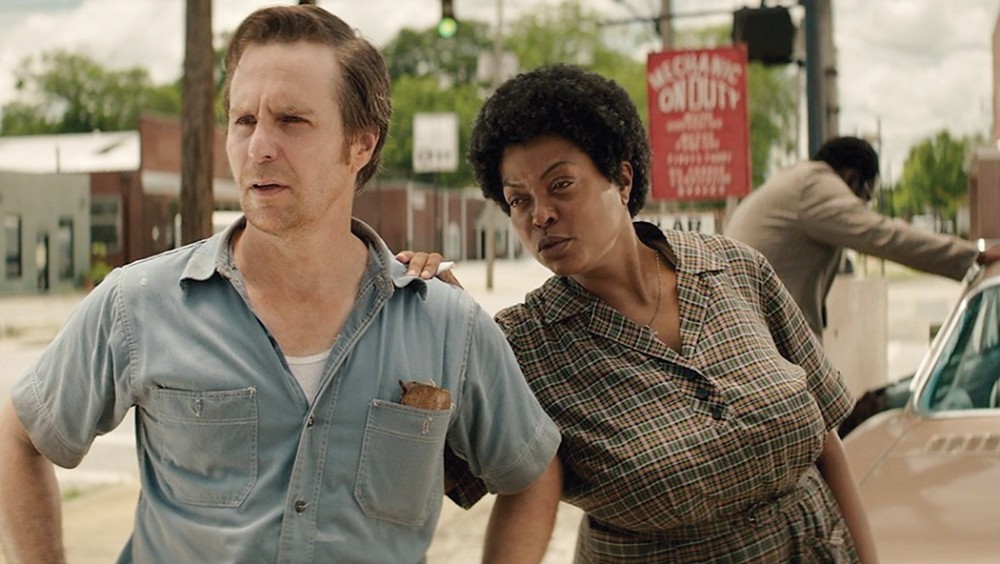The Best of Enemies is a movie centered on one white man’s conversion
Personal conversion is part of social change, but we can’t end our stories there.

Osha Gray Davidson’s book The Best of Enemies tells the story of Ann Atwater and C. P. Ellis, who in 1971 cochaired a citywide deliberation— called a charrette—on desegregating public schools in Durham, North Carolina. The dramatic hook for the story is that Atwater was an outspoken black civil rights activist and Ellis was the head of the local Ku Klux Klan. Their experience leading the charrette led to Ellis’s public denouncement of the Klan, the integration of Durham’s schools, and the beginning of their friendship. Their story was a Hollywood racial reconciliation movie waiting to happen, and we don’t have to wait any longer.
The movie, directed by Robin Bissell, draws heavily on documentary footage of Atwater (played by Taraji P. Henson in the movie) and Ellis (Sam Rockwell) talking about their friendship in clips that open and close the film’s fictional reenactment. This long introduction and conclusion may represent Bissell’s effort to forestall the criticism that greeted the movie Green Book, which centered on the interracial friendship between black pianist Don Shirley and his white driver, Tony Lip. Although that film won the Oscar for best picture this year, it was met with virulent protest, especially from Shirley’s family, who argued that Shirley himself did not consider Lip a close confidant, much less the life-transforming force the movie portrays Lip as being.
The Best of Enemies goes out of its way to make sure we know it is not fabricating this friendship, which from many accounts was intense, if sometimes contentious for over 30 years. But movies featuring real-life events make choices about what narratives to highlight. In this case, Bissell can’t resist the pull of the conversion narrative. By centering the movie on Ellis’s inner life, the movie ends up doing all it can to dramatize the white man’s experience. This means, on the one hand, making viewers feel the full shock of Ellis’s conversion by stressing that he is not just any run-of-the-mill racist; he’s the Grand Cyclops of the local wing of the KKK. On the other hand, the film suggests that once the white leader sees the error of his ways, with the help of the kindness of a black person, the major problems of racism that plague Durham will be solved.




